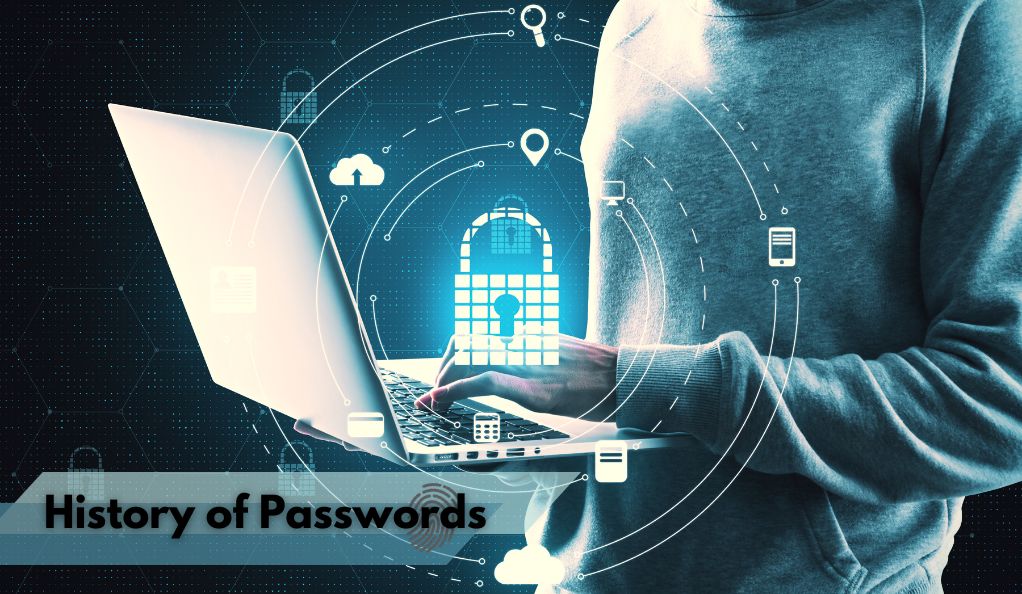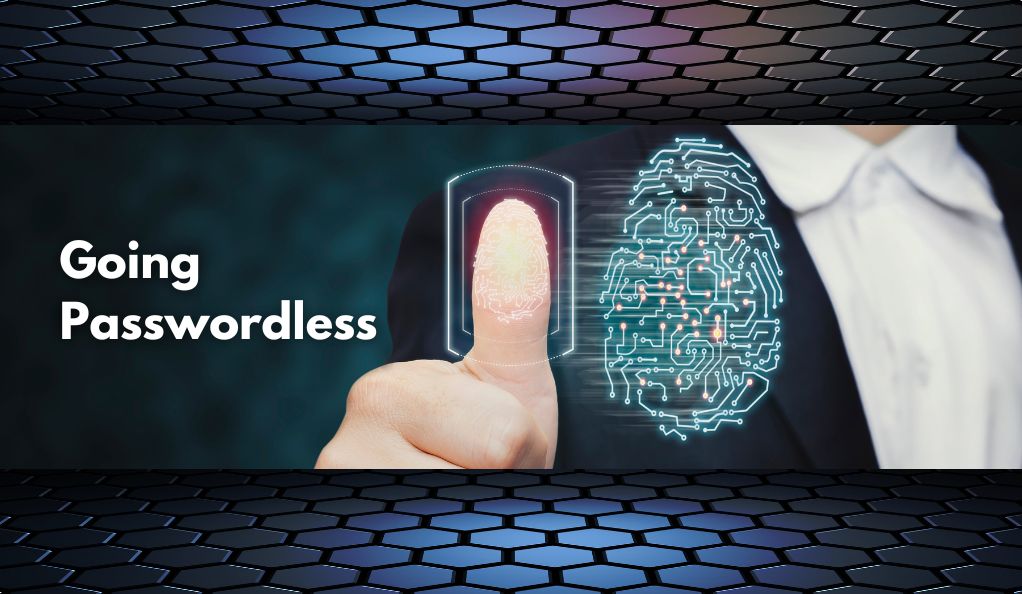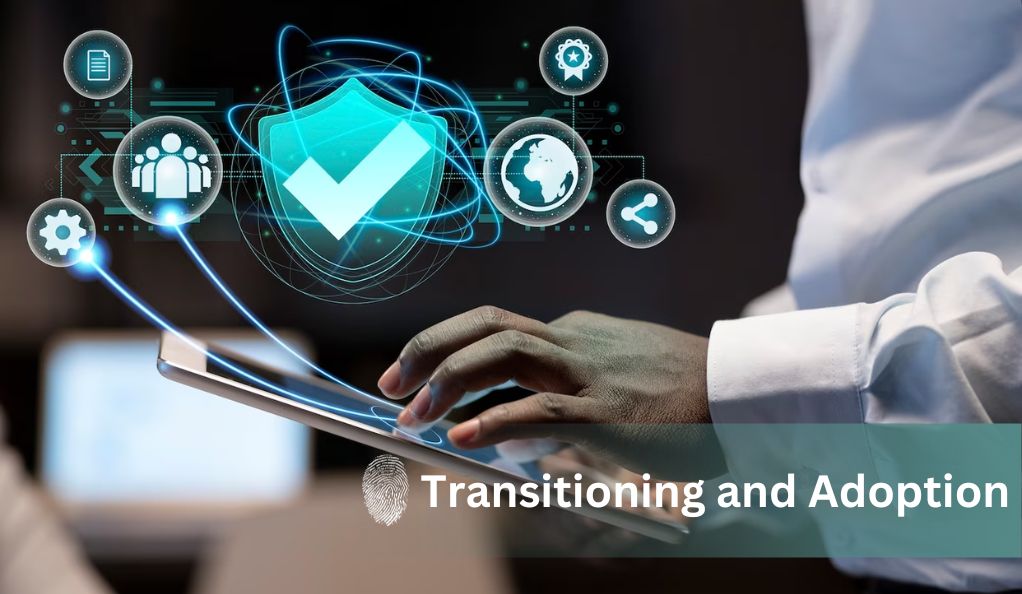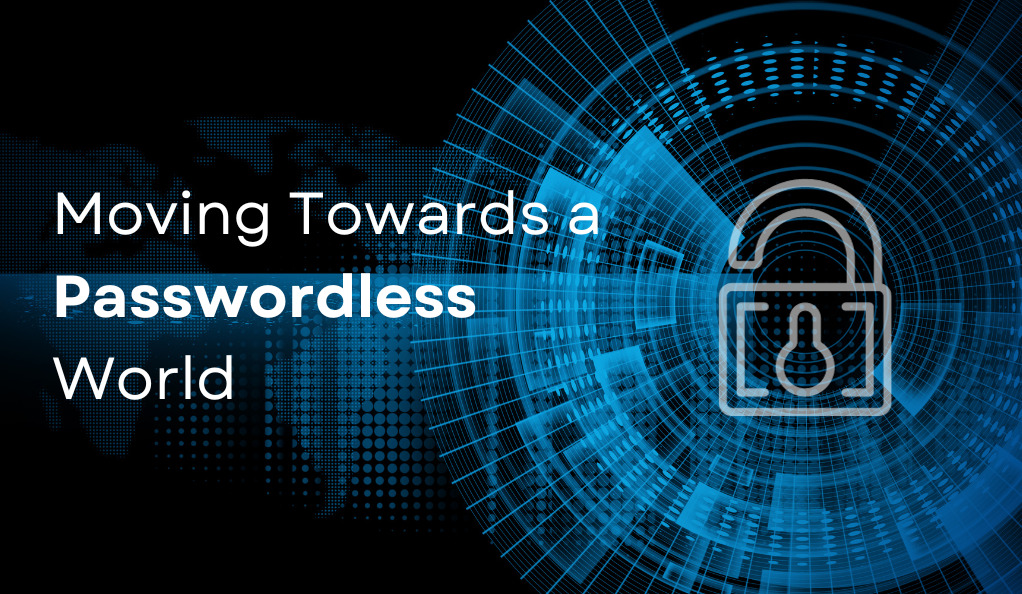From the dawn of the digital age, passwords have been the keyholders to our most precious data. These strings of characters, which began as simple pin numbers, grew to become intricate phrases, intertwining symbols, numbers, and letters. Their evolution traces back to a desire for increased security in an ever-expanding digital realm. As we stand on the precipice of another major shift, it’s imperative to comprehend why this transition to a passwordless world is not only beneficial but crucial.
Brief history of passwords
To understand the journey, we must first look at its origins. The concept of a password, in its earliest form, can be linked to ancient civilizations. Guards would often use a “watchword” to validate the identity of someone seeking entry to a protected area. Fast forward to the digital age, and the earliest computer passwords emerged in the 1960s at MIT. Their purpose was to secure time-sharing computer systems. Over the decades, as online platforms proliferated, so did the need for stronger, more complex passwords.

Evolution of Password Complexity
| Decade | Common Password Characteristics |
|---|---|
| 1960s | 4-digit pin numbers |
| 1980s | Alphanumeric combinations (e.g., “JohnDoe1985”) |
| 2000s | Use of special characters (e.g., “P@ssw0rd!”) |
| 2010s | Longer phrases & the rise of password managers (e.g., “BlueSky$RainyDay2019”) |
Why the need for change?
While the evolution of passwords shows our adaptability, it also highlights a growing issue: complexity does not necessarily equate to security. A 2019 study revealed that 81% of hacking-related breaches leveraged either stolen and/or weak passwords. This startling statistic underscores the fact that despite our best efforts, passwords remain vulnerable.
Moreover, the user experience with traditional passwords is far from ideal. Memorizing an increasing number of complicated passwords, juggling different ones for various accounts, and undergoing frequent password resets have turned into common frustrations.
The Inherent Flaws of Traditional Passwords
Delving deeper into our relationship with passwords, it becomes evident that their inherent vulnerabilities aren’t solely a consequence of their structure but also the human behaviors associated with their use.
Common mistakes users make with passwords
Despite the widespread education on creating robust passwords, many individuals continue to make fundamental errors:
- Reusing Passwords: This is perhaps the most common mistake. Once a hacker deciphers a password for one account, they will often attempt to access other platforms using the same credentials.
- Choosing Easily Guessable Passwords: Whether it’s “123456”, “password”, or a favorite sports team, predictability makes a hacker’s job easier.
- Not Updating Passwords Regularly: While it’s cumbersome to keep changing passwords, using the same one indefinitely significantly increases vulnerability.
- Sharing Passwords: Surprisingly, many share their passwords with friends, family, or colleagues, unknowingly expanding the circle of potential breaches.
The rise in password-related breaches
The aforementioned human behaviors have contributed to an alarming rise in breaches. According to a report by the cybersecurity firm, CyberEdge, in 2021, 61% of organizations experienced a ransomware attack, many of which began with compromised passwords.
Furthermore, Verizon’s Data Breach Investigations Report highlighted that a significant portion of cyber-attacks involved credential stuffing – where hackers use automated tools to submit thousands of username-password combinations, capitalizing on the human tendency to reuse passwords.
Social engineering and its implications on password security
Beyond the brute force and guesswork, there’s the manipulative technique of social engineering. Cybercriminals often prey on human psychology, using tactics like phishing emails or posing as legitimate entities to deceive individuals into willingly handing over their credentials. The success rate of such methods speaks volumes about their effectiveness and further underscores the urgent need to move away from the traditional password system.
What Does ‘Passwordless’ Really Mean?
As we venture into the realm of passwordless authentication, it’s vital to define the term and distinguish it from other security measures that may seem similar but operate on different principles.
Definition and understanding of passwordless technologies
At its core, passwordless authentication removes the need for users to manually enter a string of characters to prove their identity. Instead, it utilizes alternative methods such as biometrics, hardware tokens, or even behavioral patterns. This shift isn’t just about security but also about streamlining user experience. Imagine accessing your data or accounts without the recurring task of recalling and inputting passwords.
Distinction between true passwordless and two-factor authentication (2FA)
While both passwordless and 2FA enhance security, they are not the same:
- Passwordless Authentication: This is a single-step process that uses an alternative method of authentication, completely eliminating the need for passwords. Examples include fingerprint scans or smartcard readers.
- Two-Factor Authentication (2FA): Here, users must provide two separate verification methods. This typically involves a password and an additional verification step, such as an SMS code or a biometric scan. Essentially, while 2FA bolsters security, it still relies on the foundational use of passwords.
Emerging Technologies: From Biometrics to Behavioral Analytics
The beauty of technology is its relentless pursuit of innovation. As we bid adieu to traditional passwords, several promising contenders are emerging in the authentication arena.
Biometric authentication
This refers to the use of unique physical or behavioral characteristics to verify one’s identity:
- Fingerprints: Already prevalent in smartphones, fingerprint scanners offer a quick and secure method of access.
- Facial Recognition: Technologies like Apple’s Face ID use intricate algorithms to map facial features, ensuring only the authentic user gains access.
- Iris Scanning: With the human iris being extremely unique, this form of biometric authentication is gaining traction, especially in high-security environments.
Behavioral biometrics
A step beyond physical attributes, behavioral biometrics studies the unique patterns in user behavior:
- Keystroke Dynamics: By analyzing the way a person types, including rhythm and speed, this method creates a unique profile for authentication.
- Mouse Movements: Similar to keystroke dynamics, the way a user moves their mouse can also serve as an authentication tool.
Hardware tokens and security keys
These physical devices provide a tangible means of authentication:
- USB Security Keys: When plugged into a device, these keys provide secure access to accounts, often using cryptographic methods.
- Smartcards: Embedded with a microprocessor, smartcards are swiped or inserted to grant access, commonly seen in workplace environments.
Benefits of Going Passwordless
Embracing a passwordless future is more than just keeping pace with technological advancements; it’s about reaping the myriad benefits that come with this evolution. Let’s delve into the advantages that beckon industries and individuals alike.

Enhanced security and reduced risk of breaches
Going passwordless primarily enhances security in several significant ways. Firstly, without passwords available to hack or steal, cybercriminals are left without their usual avenues of attack. This transition also shields users from phishing attempts and deceptive login pages, as the need to enter passwords becomes obsolete. Furthermore, the rise of biometrics offers a unique form of authentication, which is notably challenging to replicate, curbing the risk of identity theft.
Improved user experience and convenience
The modern user prioritizes efficiency:
- Quick Access: Say goodbye to the tedious process of recalling and inputting passwords. Instantaneous authentication methods, such as facial recognition or fingerprint scans, speed up the access process.
- No More “Password Fatigue”: The mental burden of managing multiple passwords for various accounts disappears, improving overall digital well-being.
- Reduced Interruptions: Fewer instances of forgotten passwords mean fewer interruptions in the form of password reset processes.
Cost savings for businesses
In the corporate realm, the shift to a passwordless world offers tangible benefits. Reduced IT helpdesk workloads become evident as password reset requests, a notable portion of their tasks, decrease. This reduction not only streamlines operations but also cuts operational costs. Moreover, swifter login processes mean employees can dive into their tasks faster, amplifying overall efficiency. Beyond these operational gains, there’s the element of brand perception. Companies adopting these advanced security measures don’t just enhance safety—they position themselves as innovative and customer-centric, boosting their brand’s appeal in a competitive market.
Challenges and Concerns
No transition is without its hurdles, and the move towards a passwordless world is no exception.
Privacy concerns with biometric data
Biometric data is deeply personal:
- Data Misuse: In the wrong hands, biometric data can be misused in myriad ways, raising legitimate concerns about how and where this data is stored.
- Irreversible Leaks: Unlike passwords, biometrics can’t be changed. If there’s a leak, the implications are permanent.
Scalability and interoperability issues
- Standardization: As multiple passwordless technologies emerge, there’s a need for standardization to ensure they can work seamlessly across different platforms and devices.
- Legacy Systems: Older systems may not be immediately compatible with newer authentication methods, requiring significant overhauls.
The risks of single-point failures
The pitfalls of over-reliance on a single mode of authentication are glaringly evident. If that sole method fails, the consequences can be catastrophic, blocking access or jeopardizing security. Hence, the importance of incorporating diverse backup systems cannot be overstated. This multifaceted approach ensures both security and uninterrupted access in our digital age.
Case Studies: Companies Leading the Passwordless Revolution
Real-world applications often provide the most compelling arguments for change. Several industry giants have already begun their journey towards a passwordless future, offering valuable insights into the feasibility and advantages of such a transition.
Microsoft’s Windows Hello
One of the tech industry’s behemoths, Microsoft has always been at the forefront of innovation. Their Windows Hello feature is no exception:
- Biometric Recognition: Utilizing facial recognition and fingerprint scanning, Windows Hello allows users to unlock their devices without a password.
- Adoption Rates: As of 2021, over 84.7% of Windows 10 users have enabled Hello, indicating a strong preference for passwordless access.
Apple’s Face ID and Touch ID
Apple’s commitment to sleek design extends to its security features:
- Face ID: Introduced with the iPhone X, this facial recognition system uses a sophisticated array of sensors to map the user’s face, ensuring a high degree of accuracy.
- Touch ID: Earlier than Face ID, Apple integrated fingerprint recognition into its devices, blending security with ease-of-use.
Other industry pioneers
Various other entities are venturing into passwordless territories:
- Yubico’s YubiKey: This hardware-based security key offers robust protection against phishing and man-in-the-middle attacks. With a simple touch, users can authenticate their identity across numerous online services.
- Auth0: This identity platform offers passwordless login solutions, harnessing SMS and email for authentication, sidestepping traditional password vulnerabilities.
The Road Ahead: Transitioning and Adoption

In the evolving digital landscape, companies are presented with the intricate task of transitioning from traditional password-based systems. Their journey should commence with meticulous assessments, piloting potential systems, and placing significant emphasis on user education. Such steps not only ensure smooth internal operations but also foster trust among consumers.
Meanwhile, consumers, pivotal players in this shift, must be proactive. Keeping abreast of technological advancements, seeking knowledge about emerging authentication methods, and cultivating adaptability are vital. As we gaze into the future, the expectation is clear: biometrics could reign supreme, while backup systems and evolving regulations ensure robust digital security.
Conclusion
The era of traditional passwords, with its myriad complexities and vulnerabilities, is waning. The technological world is steadily advancing towards more secure, efficient, and user-friendly authentication methods. Companies, both tech giants and startups, are already showcasing the potential of a passwordless world, indicating a future where users can enjoy a seamless digital experience without the burden of remembering and managing multiple passwords.
However, this transition, though promising, requires thoughtful navigation. As we embrace biometrics, hardware tokens, and other innovative solutions, it’s essential to prioritize user education, maintain flexibility, and stay updated on regulatory evolutions. The journey towards a passwordless future is not just about security but also about reshaping the very way we interact with the digital realm.








